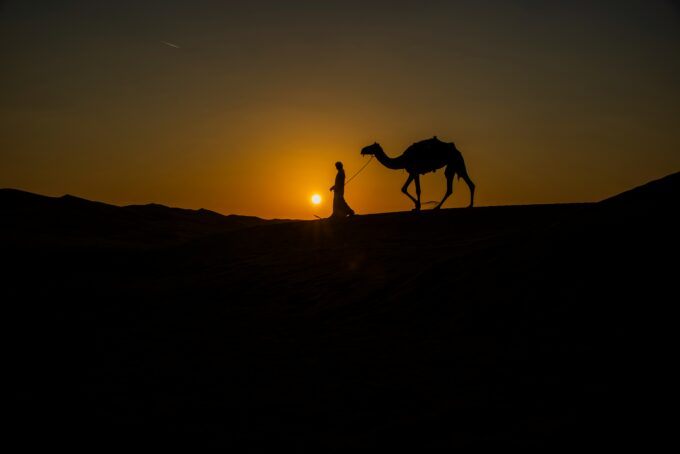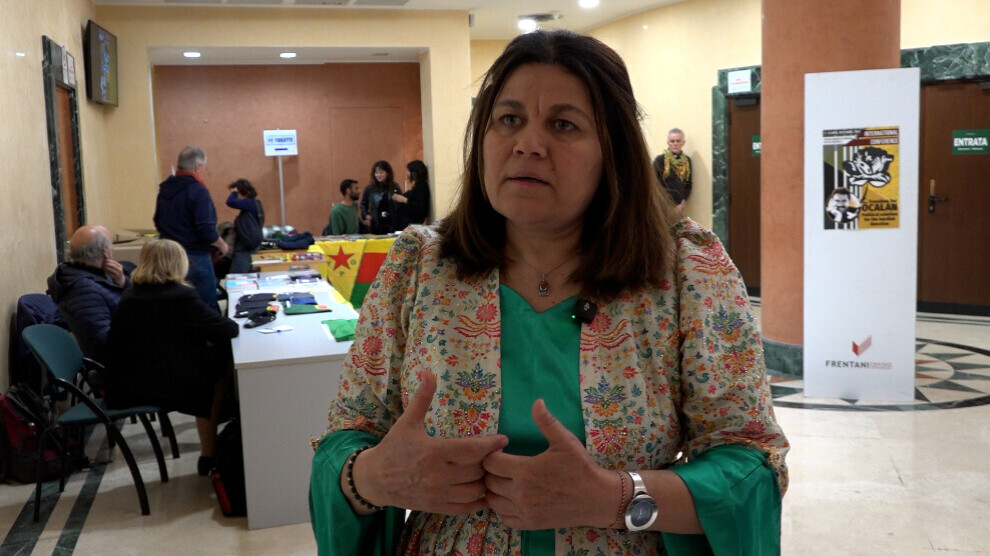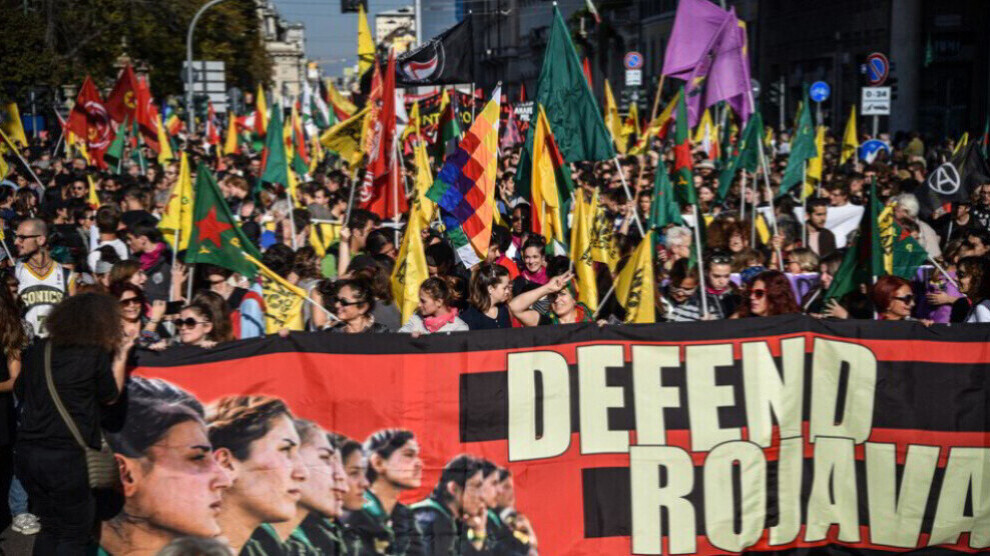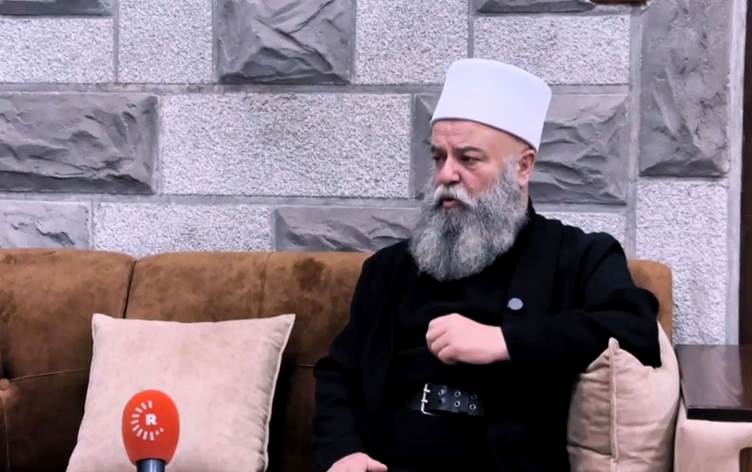Towards a Counter Anthropology

Image by Sajimon Sahadevan.
It goes without saying that the study of any subject seeks to deepen understanding through careful analysis, employing all available methodological tools. Such understanding serves as the foundation for making informed decisions. When the subject of study is a foreign country—particularly one with a different language and culture—this raises important questions about the purpose of the study: What are its short- and long-term goals? Who is its intended audience? And can it influence cultural perceptions or challenge prevailing narratives about that country and its people?
These questions are especially pertinent given the significant number of books published by Western university presses on Arab countries. These works often explore religion, sectarian dynamics, political systems, geography, customs, traditions, and both ancient and modern histories. Many of these studies are produced by scholars working within academic traditions shaped by classical Orientalism. Edward Said and others have critically examined this tradition, exposing the underlying assumptions, methodologies, and racial biases, as well as its entanglement with colonial interests. Within this framework, the portrayal of foreign “others” has too often served to justify domination, violence, and exploitation—examples of which are numerous and well-known.
Edward Said’s Orientalism had a profound and lasting impact on how the Middle East is studied in the Western academy. It helped shift the label “Orientalist” to “researcher” and prompted scholars to recognize that objectivity, especially in our commodified age, is not a neutral stance but a complex and often problematic ideal.
This is not to cast doubt on the integrity of researchers and academics, nor to diminish the significance of Western universities and their cultural contributions. Rather, the aim is to draw attention to a deeper issue: the complex relationship between the vast body of academic work produced about the non-Western “other” and the cultural role such scholarship plays in shaping, and potentially transforming, the way we understand the world.
In the Arab world, we have yet to fully develop the capacity to study the world and define our place within it—as other advanced nations have done. More critically, we remain largely unable to study ourselves with the depth and rigor required. We struggle to deconstruct our relationship with the past or to confront the layered problems of our present. At the popular level, inherited beliefs and traditional views continue to shape our understanding of everything around us. As a result, we have become the subjects of external study—observed and analyzed as though we were relics or anthropological specimens.
These studies are not conducted by us, nor are they primarily for our benefit. Instead, they are produced by Western universities to sharpen the intellectual tools of their students, enrich academic curricula, expand research frontiers, and feed vast institutional databases. The Western researcher, supported by prestigious institutions, granted funding, and provided with the resources to live comfortably in our societies while devoting themselves to studying us, undoubtedly achieves notable academic outcomes. Yet these accomplishments often remain disconnected—not only from the local audience but even from the broader readership of the language in which the research is written. They are, in effect, confined within the walls of the academic ivory tower.
We must acknowledge the intellectual and theoretical value of many outstanding Western researchers, as well as the depth, breadth, and precision found in some of the studies written about the Arab world. However, these works often fail to play a dynamic cultural role due to their academic isolation. University researchers are typically removed from public discourse and remain inaccessible to the wider public. Their insights, while rich, rarely permeate mainstream cultural or political conversations.
Yet the issue is more complex than any simplistic “conspiracy theory” explanation would suggest. The vast literature produced about the Arab “other” frequently becomes a reference point for politicians, fellow academics, and policymakers. Some of these works even enjoy commercial success. Still, the typical English-speaking reader interested in Syria, Iraq, or other Arab countries often lacks sufficient background knowledge, and may not be motivated to explore further. As a result, these studies, however well-researched, rarely disrupt the entrenched stereotypes that continue to shape Western perceptions of Arabs—stereotypes that are routinely reinforced in newspapers, books, television, and film. The Arab figure remains all too often cast as backward or threatening, locked in a narrative that perpetuates a culture of dominance and control.
A number of younger Western scholars have begun to challenge the traditional dynamics of ethnographic research. They question the framing of the “other” as a mere object of study and have advocated moving away from terms like “informant” toward more reciprocal terms such as “conversation partner” or “interlocutor.” These researchers emphasize that the subject of study should be seen as an active partner in the co-production of knowledge—an approach that calls for attentiveness, flexibility, and sustained engagement.
When an American writes about Syria or another Arab country, they do so from within a different cultural framework, using a language shaped by its own intellectual traditions and historical experiences. Even when they are sympathetic and well-intentioned, they often lack the depth of immersion necessary to transcend the limits of conventional ethnographic methods. Without that sustained, lived engagement, their perspectives—however insightful—remain constrained by the distance between observer and subject.
Rather than labeling individuals as “Alawite informant,” “Sunni writer,” “Shiite novelist,” or “Druze journalist,” it would be more thoughtful—and more accurate—to refer to them simply as “Syrian,” “researcher,” “writer,” “novelist,” or “university professor.” These sectarian identifiers may serve ethnographic, sociological, or anthropological purposes, but they often reduce complex individuals to narrow categories. This is especially problematic when their views engage with broader cultural, political, or intellectual concerns that transcend such identities.
When a Western researcher says, “This incident was recounted to me by an Alawite or Sunni writer,” one must ask: what exactly is being conveyed? Why not express it differently—more inclusively and without reinforcing sectarian boundaries? For instance, rather than saying “an Alawite writer told me,” one could simply say “a Syrian writer told me.” Framing them this way situates the speaker within a shared cultural space, inviting readers to consider perspectives that go beyond sectarian labels and highlight commonalities.
It is important to recognize and honor anthropologists and scholars who resist dominant narratives and reject perspectives shaped by bias, as their work contributes to more just and meaningful understandings of the world.
I recently came across a remarkable example of this in a book about Syria by American anthropologist Jonathan Holt Shannon. What struck me was how deeply the book resonated—not as a detached academic study, but as though it had been written from within the culture itself. It felt as if the author belonged to it, or was enriched by it in a meaningful and unusual way. His affection for the culture, his personal connection to the topics he explores, and his attentive, respectful engagement with the people he meets—seen not as subjects, but as educated, knowledgeable, and fully human—imbue the work with a rare authenticity.
But it goes beyond that. Among the Jasmine Trees: Music and Modernity in Contemporary Syria stands out as one of the most compelling examples of writing about the so-called foreign “other” without treating them as foreign at all. Instead, Jonathan Holt Shannon engages with the Syrian people and their experiences as an extension of himself, crafting a kind of counter-anthropology—one that resists the traditional anthropological gaze that so often exoticizes or distances its subjects. In doing so, he challenges the dominant discourse that has long portrayed Arabs and Eastern cultures through the lens of strangeness and spectacle, not unlike the caricatures seen in Hollywood cinema. Shannon’s work offers a powerful alternative, grounded in empathy, a passionate critical spirit, intellectual depth, and a refreshing humanism.
Meanwhile, Western studies on Arab societies continue to flourish in the absence of a robust critical cultural movement within the Arab world capable of engaging with and deconstructing these works. The capacity to read in foreign languages remains limited, and the translation movement lacks integration into a local critical framework—one that could analyze ideas, question assumptions, and creatively apply Western methodologies in ways that resonate with local context.
It is telling, for example, that the translation of philosphers like Nietzsche, Michel Foucault, Jacques Derrida, and Louis Althusser into English is fundamentally different from their translation into Arabic. In English-speaking contexts, these thinkers are situated within a vibrant intellectual culture that actively engages with their ideas, relating them to epistemological, existential, and societal questions relevant to contemporary life. In contrast, their Arabic translations often remain confined to dense, inaccessible language and an elite academic sphere disconnected from broader cultural or societal discourse. As a result, their ideas remain intellectually alien—unrooted in local reality, and largely unused in the development of indigenous theoretical frameworks or critical methodologies.
In my view, there is a way forward. Within the Syrian and broader Arab context, the key lies in cultivating a critical and analytical intellectual culture—one rooted in independent universities that are free from religious and political censorship, and supported by journals committed to open, rigorous inquiry. This must be complemented by a robust translation movement, one not limited to linguistic conversion but connected to a vibrant local intellectual tradition capable of engaging with, analyzing, and contextualizing the most significant Western studies on our region.
Such a cultural infrastructure would allow us to approach these works from our own perspective, situated within our own historical and societal context. In doing so, we would move from being passive recipients of external knowledge to active participants in its interpretation, critique, and application. This shift would enrich our understanding of our own realities, sharpen our ability to evaluate and deconstruct imported ideas, and adapt them in ways that are meaningful and useful to us.
Adopting this approach would help rescue the many books written about Syria and other Arab countries from being misread, misunderstood, or simply forgotten on dusty shelves. It would release us from the status of anthropological, ethnological, or ethnographic specimens and affirm our place as thinking, speaking subjects. It would allow our voices—grounded in experience and critical reflection—to enter the global conversation on our own terms.







